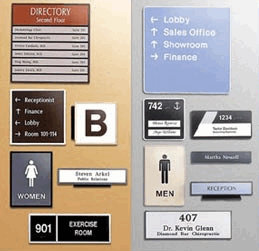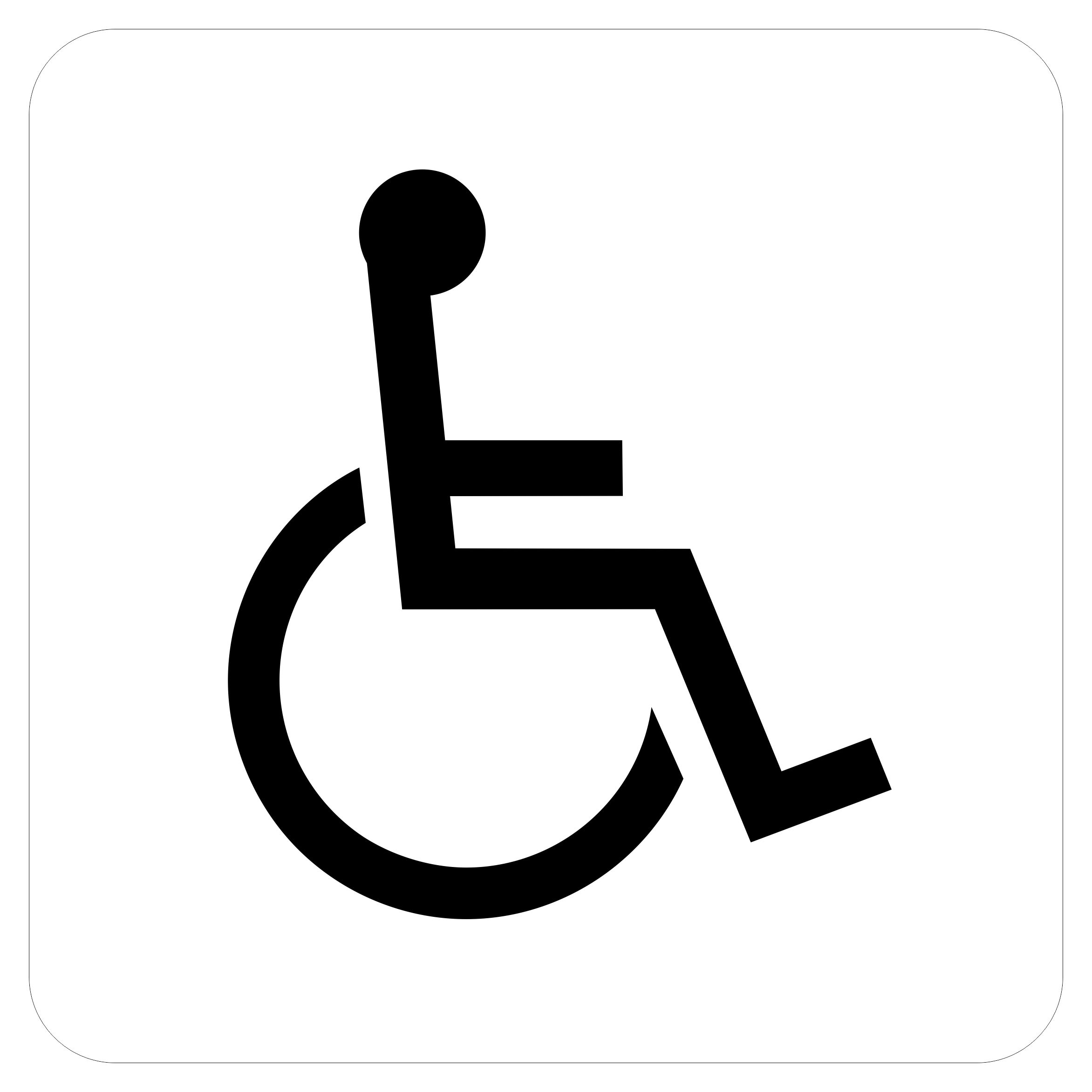The Advantages of Using Top Notch ADA Signs in Your Business
The Advantages of Using Top Notch ADA Signs in Your Business
Blog Article
Exploring the Key Functions of ADA Indications for Improved Accessibility
In the realm of access, ADA indicators serve as quiet yet effective allies, guaranteeing that spaces are navigable and comprehensive for individuals with specials needs. By incorporating Braille and responsive aspects, these signs damage barriers for the aesthetically impaired, while high-contrast color schemes and legible fonts provide to diverse visual needs.
Significance of ADA Compliance
Guaranteeing compliance with the Americans with Disabilities Act (ADA) is important for fostering inclusivity and equivalent gain access to in public areas and workplaces. The ADA, established in 1990, mandates that all public centers, employers, and transport services accommodate individuals with specials needs, ensuring they delight in the exact same legal rights and possibilities as others. Conformity with ADA criteria not just meets legal commitments however also boosts an organization's online reputation by showing its dedication to variety and inclusivity.
One of the key aspects of ADA conformity is the execution of easily accessible signs. ADA indications are created to ensure that individuals with handicaps can easily navigate with buildings and spaces.
Moreover, adhering to ADA guidelines can minimize the danger of legal consequences and prospective penalties. Organizations that fail to abide with ADA standards may face charges or lawsuits, which can be both monetarily difficult and destructive to their public picture. Therefore, ADA conformity is essential to promoting a fair setting for everybody.
Braille and Tactile Elements
The incorporation of Braille and tactile aspects right into ADA signs symbolizes the principles of access and inclusivity. These functions are vital for individuals that are blind or visually impaired, enabling them to browse public rooms with better freedom and confidence. Braille, a responsive writing system, is important in supplying created information in a layout that can be quickly regarded via touch. It is generally placed beneath the matching text on signage to make certain that people can access the info without visual aid.
Responsive components extend past Braille and include increased personalities and symbols. These elements are made to be noticeable by touch, enabling people to recognize room numbers, washrooms, departures, and various other vital areas. The ADA sets certain guidelines regarding the size, spacing, and placement of these tactile aspects to optimize readability and make certain uniformity throughout various settings.

High-Contrast Color Pattern
High-contrast color pattern play an essential function in improving the exposure and readability of ADA signage for individuals with visual impairments. These systems are important as they maximize the difference in light reflectance in between text and background, making sure that indicators are easily discernible, also from a range. The Americans with Disabilities Act (ADA) mandates the usage of specific color contrasts to suit those with restricted vision, making it an essential element of compliance.
The efficiency of high-contrast shades exists in their ability to attract attention in different lights problems, including dimly lit environments and locations with glow. Usually, dark message on a light background or light message on a dark history is employed to achieve optimal contrast. Black text on a yellow or white background offers a raw aesthetic difference that aids in quick acknowledgment and comprehension.

Legible Fonts and Text Dimension
When considering the design of ADA signs, the choice of readable fonts and appropriate message size can not be overemphasized. The Americans with Disabilities Act (ADA) mandates that fonts should be not italic and sans-serif, oblique, script, highly ornamental, or of unusual kind.
According to ADA standards, the minimum message elevation should be 5/8 inch, and it needs to raise proportionally with viewing distance. Consistency in message dimension adds to a natural aesthetic experience, assisting people in browsing environments successfully.
Furthermore, spacing in between lines and letters is indispensable to legibility. Sufficient spacing protects against personalities from showing up crowded, improving readability. By adhering to these criteria, designers can considerably boost access, ensuring that signs serves its desired function for all people, no matter their visual capacities.
Effective Placement Methods
Strategic placement of ADA signage is vital for taking full advantage of accessibility and making sure conformity with legal criteria. ADA standards state that indications ought to be installed at a height between 48 to 60 inches from the ground to guarantee they are within the line of sight for both standing and seated individuals.
In addition, signs should be positioned beside the lock side of doors to allow easy recognition before access. This placement aids individuals locate rooms and rooms without blockage. In situations where there is no door, indications should be located on the local nearby wall. Consistency in indicator placement browse around here throughout a center enhances predictability, decreasing complication and enhancing overall individual experience.

Conclusion
ADA signs play an essential duty in promoting access by incorporating features that deal with the requirements of individuals with disabilities. Integrating Braille and responsive elements makes sure important information is obtainable to the visually impaired, while high-contrast color design and readable sans-serif font styles improve exposure across various illumination conditions. Reliable placement approaches, such as appropriate installing elevations and strategic areas, even more promote navigation. These components collectively foster a comprehensive setting, underscoring the importance of ADA compliance in ensuring equivalent accessibility for all.
In the world of availability, ADA signs serve as silent yet Read Full Article effective allies, ensuring that spaces are inclusive and accessible for people with handicaps. The ADA, established in 1990, mandates that all public centers, companies, and transportation solutions fit individuals with disabilities, ensuring they enjoy the exact same legal rights and chances as others. ADA this content Signs. ADA indicators are made to ensure that individuals with impairments can quickly navigate via buildings and rooms. ADA guidelines state that signs ought to be placed at an elevation between 48 to 60 inches from the ground to ensure they are within the line of sight for both standing and seated individuals.ADA indicators play a vital duty in advertising availability by integrating functions that address the needs of people with handicaps
Report this page